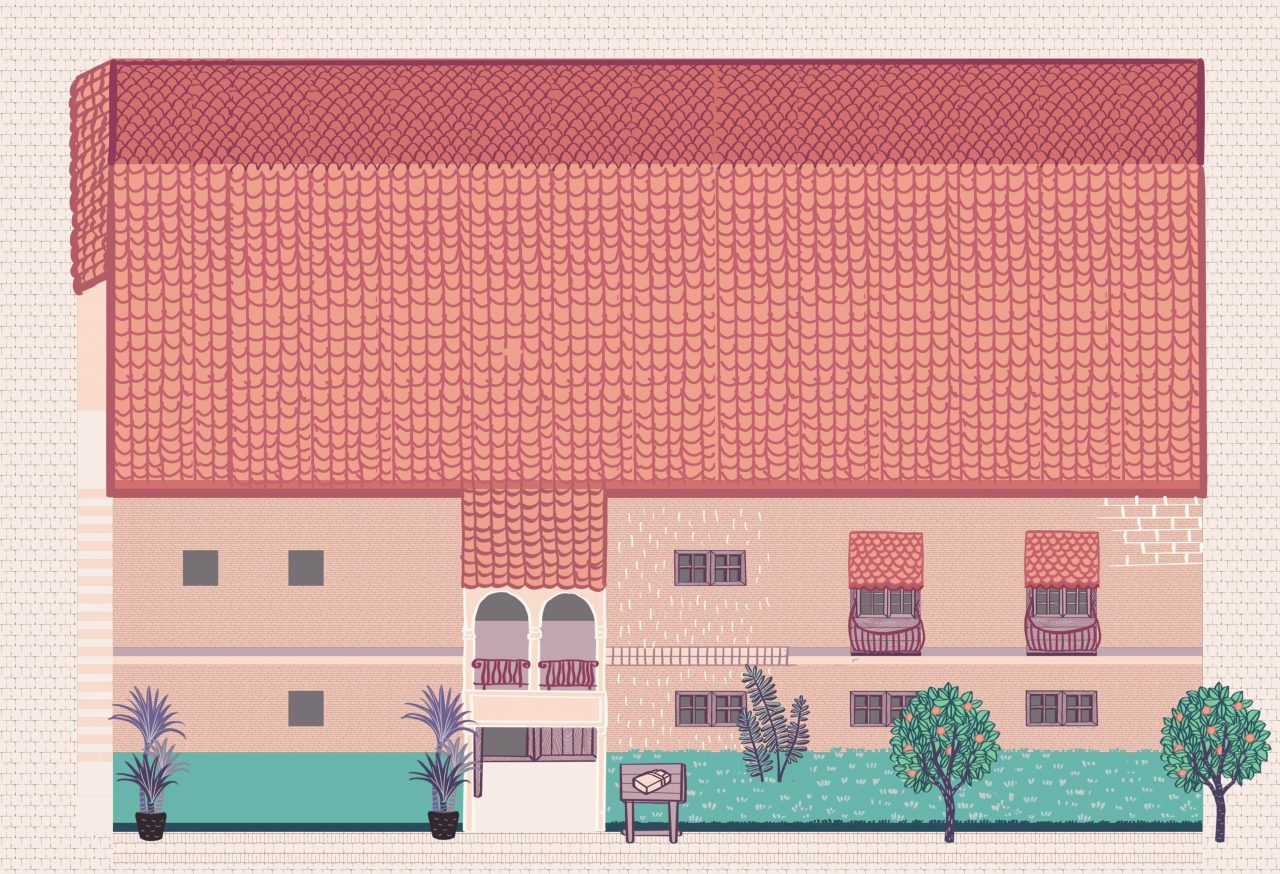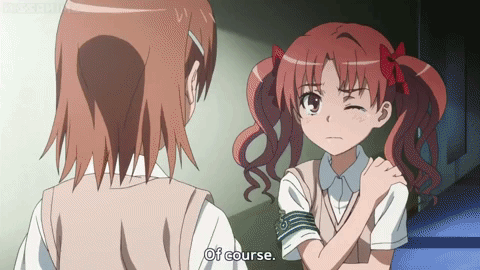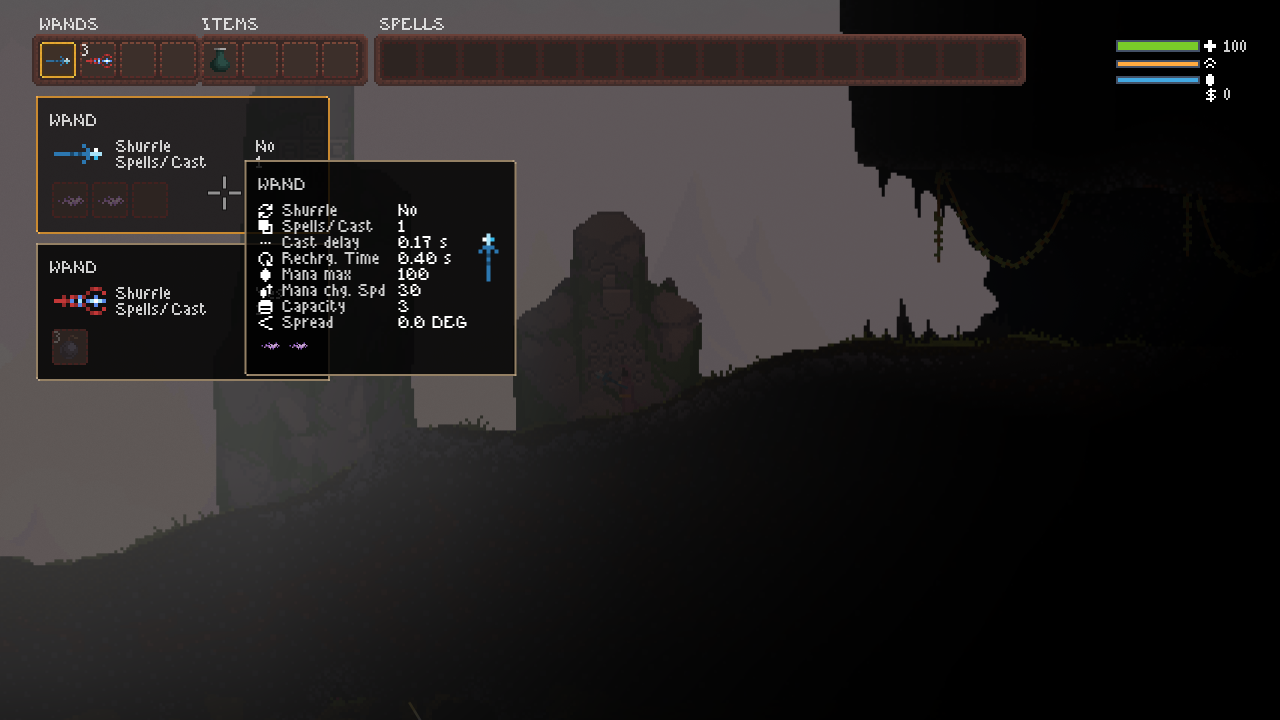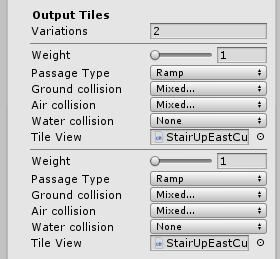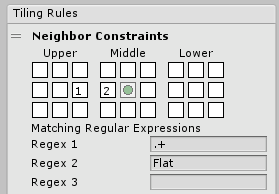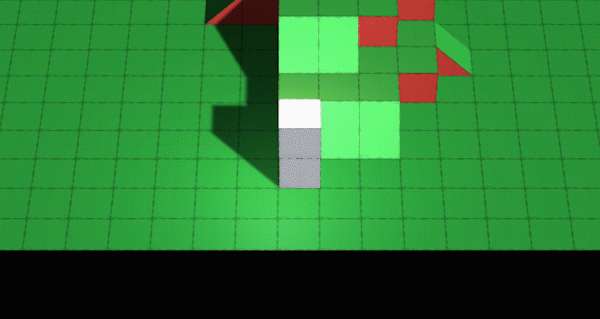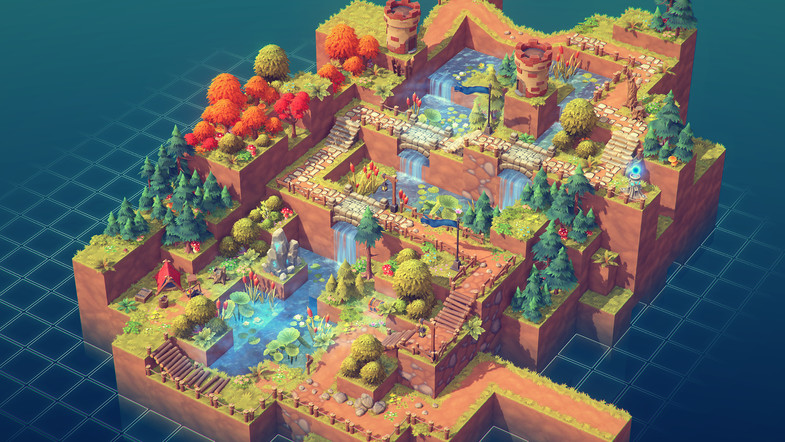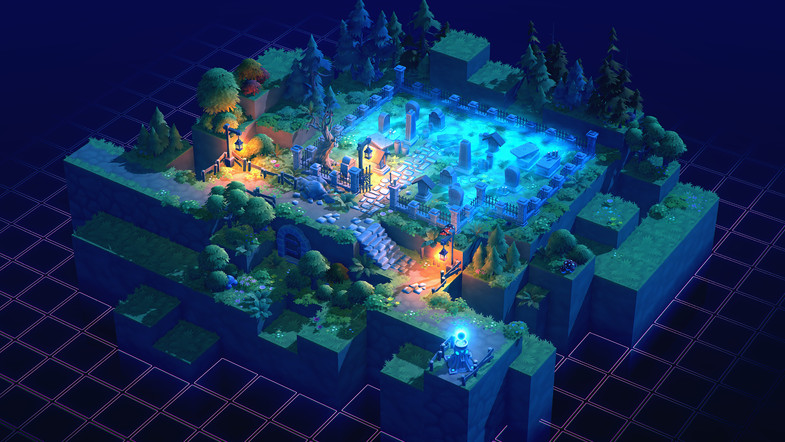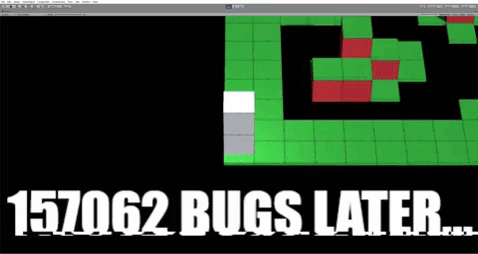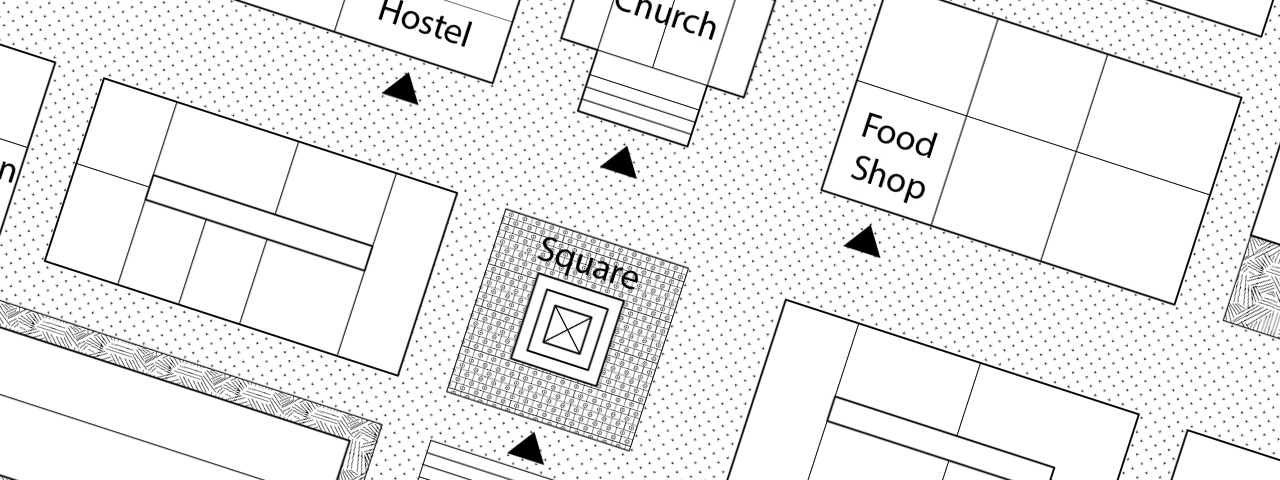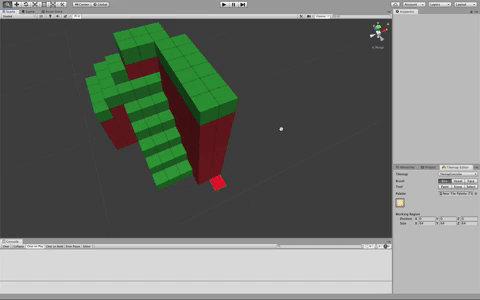
I went to watch Lang Lang play piano with the SF orchestra. It was an exhilarating program, befitting his character. Thanks to a certain fervent fangirl, I had a chance to briefly converse with Lang Lang at the tail end of the signing session. He was quite a nice guy!
Music
I originally thought about writing a brief critique of the concert, but I thought talking about music in games is probably a better idea. Music is such a key component in games and films, yet most of the time people don’t really seem to notice. I once played a game where a specific music file was missing, only then I noticed how awkward the dialog was with the silent backdrop.
While mediocre game music gets ignored, outstanding music elevates a good game to new heights. Hollow Knight, for example, contains a wide array of beautiful scores. I find myself associating each track with specific emotions, which in turn heightens my immersive experience. Mad respect to Christopher Larkin, who composed the suite.
Now, where would I get my hands on some awesome game music? I do wonder about this from time to time. Eventually, I suppose the game will be presentable for a kickstarter. I can then use the funds to obtain some high quality music! One can at least dream…
Coding
I’ve been working on more tilemaps. In fact, I’ve been working on nothing but tilemaps for the past three months! It is such a fundamental piece of groundwork that almost all other meaningful modules depend on it. NPC movement requires it. Environment design uses it. Battle system needs it. The list goes on…
I’ve finished two more needed features in the past two weeks: individual tile editor and rotation support.
Tile Editor
Unity’s 2D tilemap does not support tile attributes out of the box. For example, it is impossible annotate specific tiles such that the player cannot walk over them. The workarounds are rather ugly as I suspect it just isn’t a feature considered in the original design. With a custom system written from scratch, however, this is no longer a problem.
While this isn’t exactly news, I coded an interface to select and edit existing tiles. Previously, although tiles had attributes, there was no way to edit them.

Rotation Support for Tile Sets
Rotation is a feature in Unity’s 2D tilemap system, where the RuleTile automatically rotates the tile based on the surrounding tiles. It essentially saves some setup time, as you only need to specify what one corner looks like, instead of all four corners.
I originally thought I don’t need to implement the rotation feature found in Unity’s 2D tilemap system. Theoretically this feature only provides a moderate amount of convenience on setting up. I then realized that I’m dealing with 3D models. Without rotation support, I need to set up four copies of corner, edges, and ramps models!
I decided to shove in rotation support, and had some fun with it too.
Roadmap
I did not anticipate the 3D tilemap system to take so long to code. But then, I tend to be optimistic on a lot of coding tasks. Originally, I planned to finish a small playable demo of the game by the end of 2019. At this point, that does not seem realistic. Nevertheless, I want to plan beyond the current task. Once tilemap is finished, I would like to work on NPC and dialog. From there, perhaps a basic stats/inventory screen(s) would be a good idea.
Below I list a bunch of things I’d like to work on, in order:
- Tilemap system
- Decoration system (trees, doors, windows, etc)
- Simple NPC system
- Dialog system
- Stats and inventory system
Art
After many back-and-forth sessions, we are almost finished with the design for our protagonist, Edge. I expect a finalized portrait in two weeks!
Meanwhile, Y drew another comic short! She’s giving it the finishing touch, and she should post it to Instagram soon!
I also imported some of the tilemap textures she has been working on.
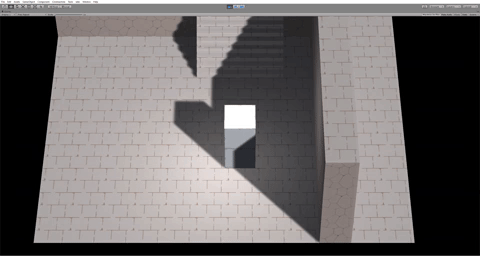
Narrative
Time to reveal something else about the continent!
The Antima Empire is a relatively new player in the game of politics on the continent. Founded in 1043, it barely has 200 years of history. It was born as the result of a tumultuous event – the Gemian anti-magic revolution. Civil disobedience leading up to the event was largely ignored by the Council of Five, as they believed the non-magic users were powerless in their struggle. Little did they know that they would be betrayed by influential individuals among their ranks…
Excerpt from A Brief History of Antima


